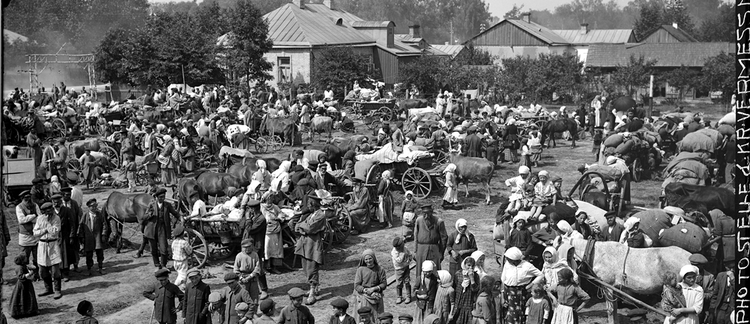Cover image: Evacuees in Kovel, Ukraine, July 12, 1916. © Austrian National Library, Image Archives.
Editors: Erin Eckhold Sassin (Guest Editor), S.E. Eisterer (Guest Editor)
Editorial
From Ration Cards and Refugee Camps: Bureaucracy, Domesticity, and the 'Bleak House' that Modern Architecture Built During and After World War I
S.E. Eisterer and Erin Eckhold Sassin
Also a part of:
Research Article
Modernism and Mobilization: From Viktor Sokolsky’s Economic Principle to Interwar Architectural Planning
Alla Vronskaya
2022-08-09 Volume 10 • Issue 1 • 2022 • Volume 10
Also a part of:
"Housewives and Architects": Marie-Elisabeth Lüders’ Management of the New Architecture From Pot-Lid to Siedlung
Anna-Maria Meister
2022-08-18 Volume 10 • Issue 1 • 2022 • Volume 10 • 24 pages
Also a part of:
Collections
-
The Two Mediterraneans that Live Apart, Together: Making Architectures and Writing Histories
Women’s display. Women’s exhibitions and exhibition design in the 20th century
Building Civic Identities. Communal Palaces in Italian Urban History (14th-17th Centuries)
Intersecting Practices: Architecture and the Visual Arts in Early Modern Europe - Italy and the Netherlands
The Geopolitical Aesthetic of Postmodernism
Architects as Global Entrepreneurs (1850-2000)
From Ration Cards to Refugee Camps: Architecture, Bureaucracy, and the Global State of Emergency during World War One
Comprador Networks and Comparative Modernities
Architectural Historiography and Fourth Wave Feminism
Marxism and Architectural Theory across the East-West Divide
Resilience in Architectural History
On Style
On the meaning of 'Europe' for Architectural History
Travel
Building Word Image: Printing Architecture 1800-1950
Objects of Belief: Proportional Systems in the History of Architecture
Culture of Crisis
